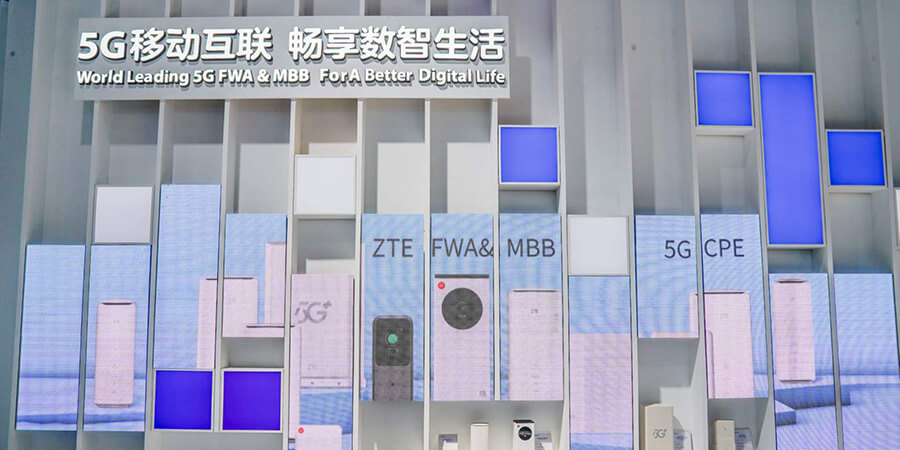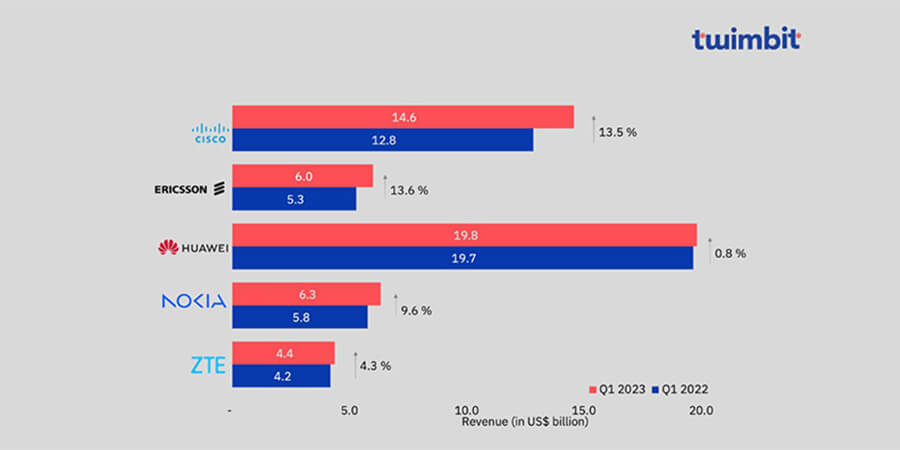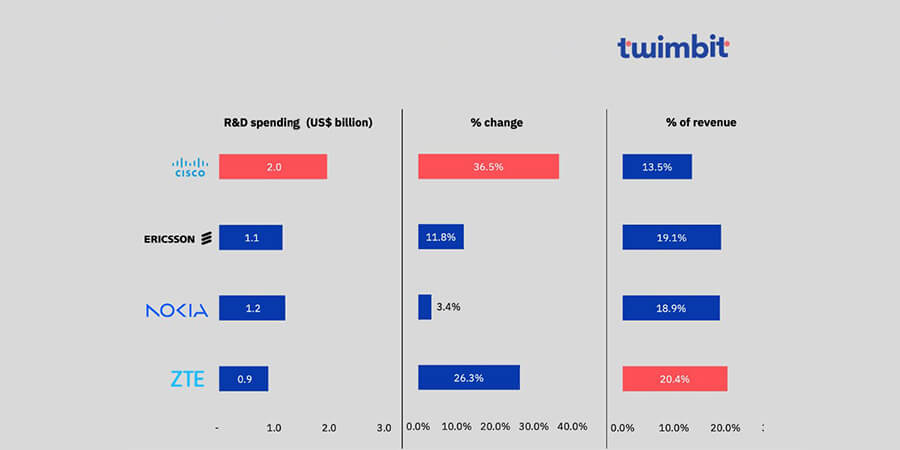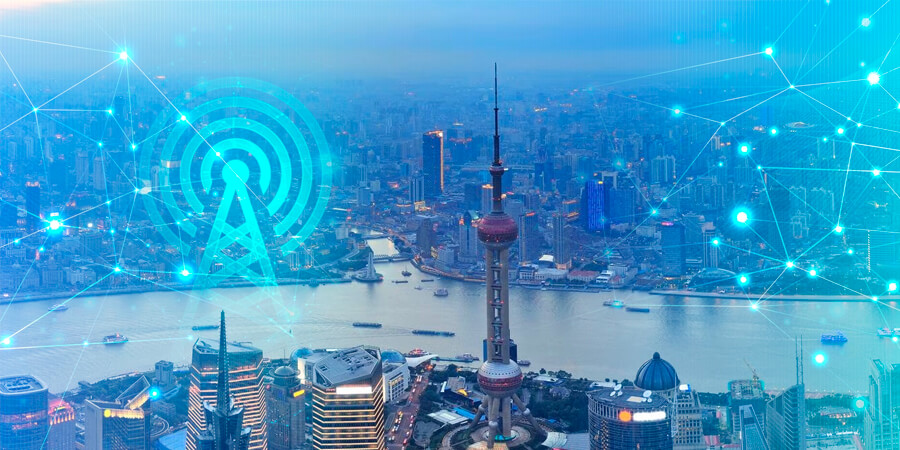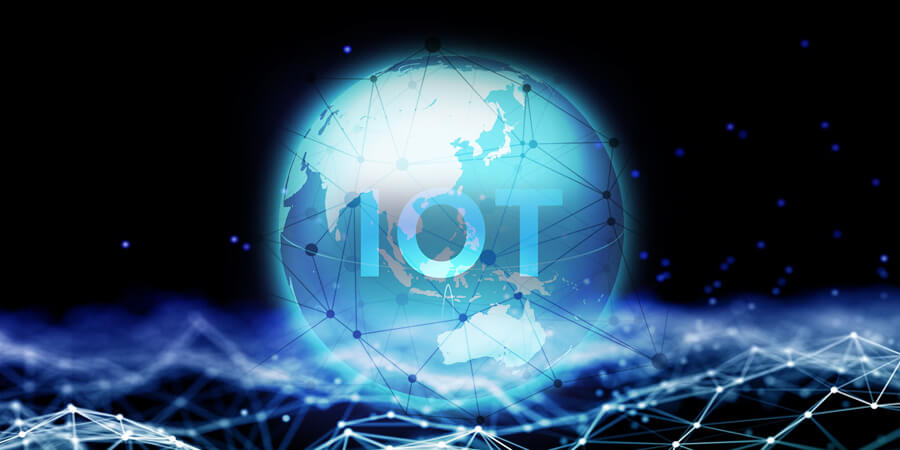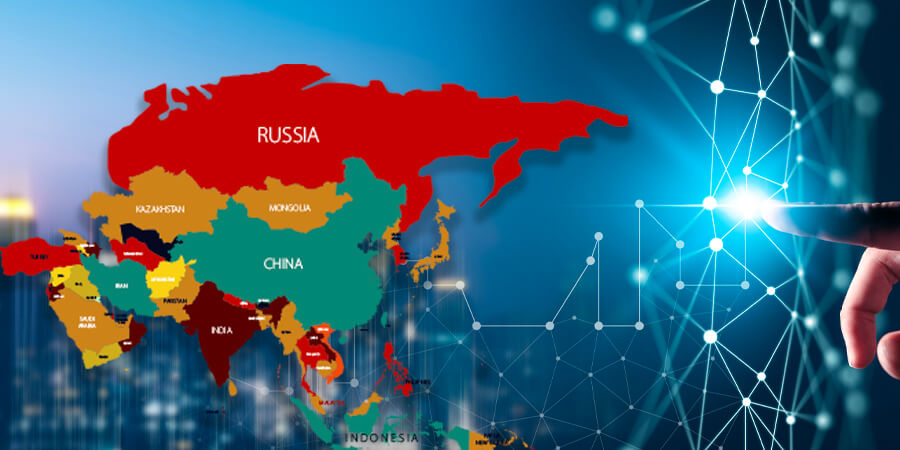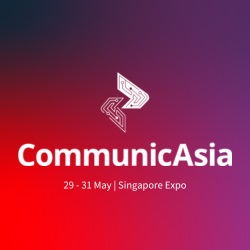ZTE is introducing an abundance of new products at the Mobile World Congress (MWC) Shanghai 2023, offering unprecedented technology and advanced user experiences.
Featured Articles
Telecom Vendors in Q1 ’23: Positive Revenue and Enterprise Business Growth
In an exclusive three-part series, Telecom Review will share valuable insights on the benchmarking of leading telecom vendors’ carrier and enterprise business operations.
Telecom Vendors in Q1 ’23: Focus on Innovation With Increased R&D Spending
In an exclusive three-part series, Telecom Review presents unique insights into the benchmarking of the leading telecom vendors' carrier and enterprise business operations.
Ransomware Attacks: A Growing Cybersecurity Crisis in Asia
The increase in data connectivity and improvements in technology in the modern world did not only lead to better efficiency in operating things and productivity in day-to-day life, but it also made organizations fall victim to malicious threats and cyberattacks. The Veeam® 2023 Ransomware Trends Report displays worrisome numbers, emphasizing the critical need for better security against these attacks.
The Unknown Impacts and Harmful Risks of Unused Online Accounts
Internet usage has become an essential part of daily life for people all over the world. With the help of the internet and technology, we are able to stay connected regardless of distance and location. It also improves the way we get information, communicate with each other and entertain ourselves. The internet has opened a world of possibilities, making it a necessary tool that impacts the way of life in all parts of society. In fact, 2021 data from the World Bank shows that around 72% of the population in the Asia-Pacific region uses the internet.
Embracing Transformation: An Overview of China's Telecommunications Market 2023
China's telecommunications industry, long considered one of the world's largest telco markets, has undergone a variety of reforms for decades. The telecommunications industry has continued to develop in recent years through innovations such as 5G technology, the Internet of Things (IoT), Artificial Intelligence (AI), cloud computing and more.
Digital Transformation: Confronting Challenges, Closing the Connectivity Divide
Digital transformation refers to the overall process of how a business innovates and changes the implementation of digital technology in order to improve its delivery of value and service to its customers.
Revolutionizing Asia-Pacific Supply Chains With IoT
In recent years, the Internet of Things (IoT) has revolutionized various industries, and supply chain management is no exception. The Asia-Pacific region, known for its robust manufacturing and logistics capabilities, has witnessed a significant adoption of IoT-based supply chain management solutions.
Cloud and Edge Computing Transforming Industries in Asia Pacific
In the ever-evolving digital landscape, cloud computing and edge computing have emerged as transformative technologies that are revolutionizing industries worldwide. The Asia-Pacific (APAC) region, known for its rapid technological advancements and digital adoption, is at the forefront of leveraging the potential of these important technologies.
Embracing the Future: Asian Countries Progress Towards Digital Transformation
The Asia-Pacific region is home to some of the world's most dynamic and innovative economies. These economies have swiftly transformed into digital economies in recent years, owing to the use of new technologies such as artificial intelligence, big data and the Internet of Things.


